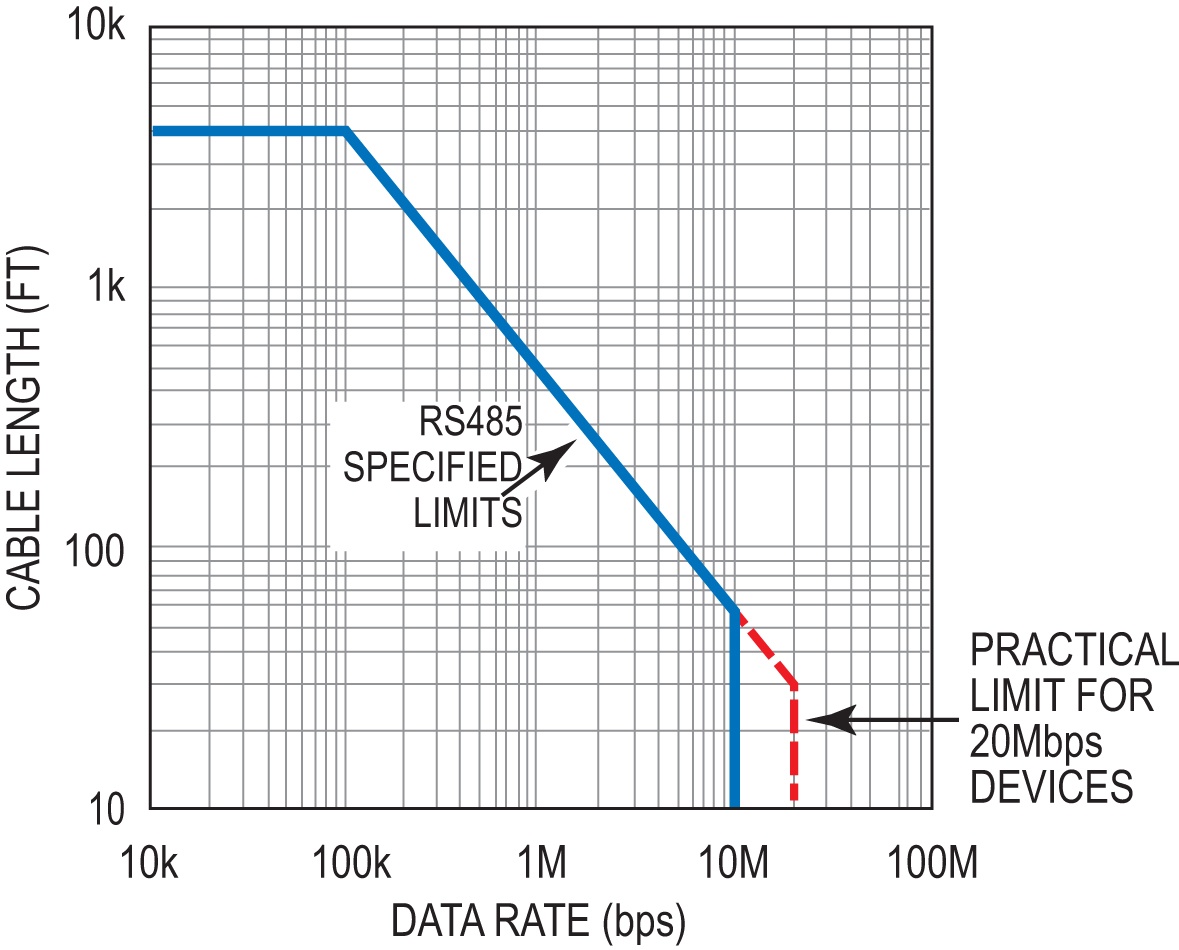RS-485 Cable: Critical to System Operation
What is EIA 485?
It is important to remember that EIA-485 is not an application or protocol but a balanced transmission interconnect standard that specifies the electrical characteristics of drivers, receivers and transceivers.
Interoperability between pieces of equipment with EIA-485 interfaces is not assured unless a system or protocol is specifically designed to do so. It supports digital serial communications systems for a range of network protocols used in various markets including industrial and commercial building.

So What About Cable?
The physical media (cable) specification is not defined by the RS-485 specification, but engineers have defined cable requirements that properly support the operation of systems.
Key factors for choosing the optimal cable for an application include:
- Data Rates
- Transmission Distance
- Signal Strength
- System Impedance
- EMI & RFI (Noise)
- Performance of System Devices
With numerous factors to take into consideration, choosing the proper cable will assure a robust physical layer that will provide high performance network operation. In many, if not most, cases however, all system factors to determine the proper cable may not be known so decisions should reflect the most assured high performance solution.
In order to assure maximum system performance, a well shielded, low capacitance, paired cable with matched impedance is recommended to limit signal loss (attenuation) and distortion. Engineering studies have shown that high impedance cable of 120 Ohms, with low capacitance (less than 15pF/ft) and conductors of 24 AWG or larger will deliver optimal distance with low signal reflection. The robust shielding of the pairs will protect the signal from outside noise interference (EMI and RFI) and minimize distortion.
Cable Options
RS-485 uses a single pair cable for half-duplex systems, but full-duplex implementation requires two signal pairs. A full-duplex system allows simultaneous transmission of data on one pair while receiving data on the other pair. A four-pair cable can be used to support implementation of two full duplex networks.

Example of a four-pair EIA 485 Communication Cable
Along with pair counts, gauge size must also be considered. Engineering studies show conductor sizes of 24 AWG or larger will perform to optimal system distance. The determining factor may be the installation environment.
A cable with 22 AWG conductors will allow for a 300V PLTC rating that allows for installation in a designated 300V cable tray in an industrial facility. Similarly, conductors of 18 AWG or larger will allow for a 600V TC cable rating that permits installation in a 600V cable tray. Cables with PLTC and TC ratings have more rugged construction for use in harsher and outdoor environments.
The message is that you can have high performance RS-485 cables for most any environment yet maintain maximum system performance.
Distance Details
Longer cable runs will result in greater attenuation. The result is lower data rate performance.
The graph below shows guideline distances versus data rate by the RS-485 standard. The maximum specified distance is 4000 ft. at a data rate up to 100k bps.

NOTE: This chart should be used as a guideline only.
RS-485 interfaces provide robust and reliable communication. It is critical to choose a cable that protects the system investment with high performance signal transmission along with physical robustness for the installation environment.
Belden offers a broad choice of high performance cables designed for long-term system reliability in 28 AWG CL2, 24 AWG CM and CMP, 22 AWG PLTC and 18 AWG TC constructions. All Belden RS-485 constructions assure the highest level of data transmission performance designed for 120 Ohm impedance, very low capacitance, twisted pairs and overall dual foil/braid shields.
![System.String[]](https://assets.belden.com/transform/7d9664bf-965d-4965-a32d-382a9829c061/Author-Belden-Logo-sm-blue-2020-10?io=transform:fill,width:300,height:300)